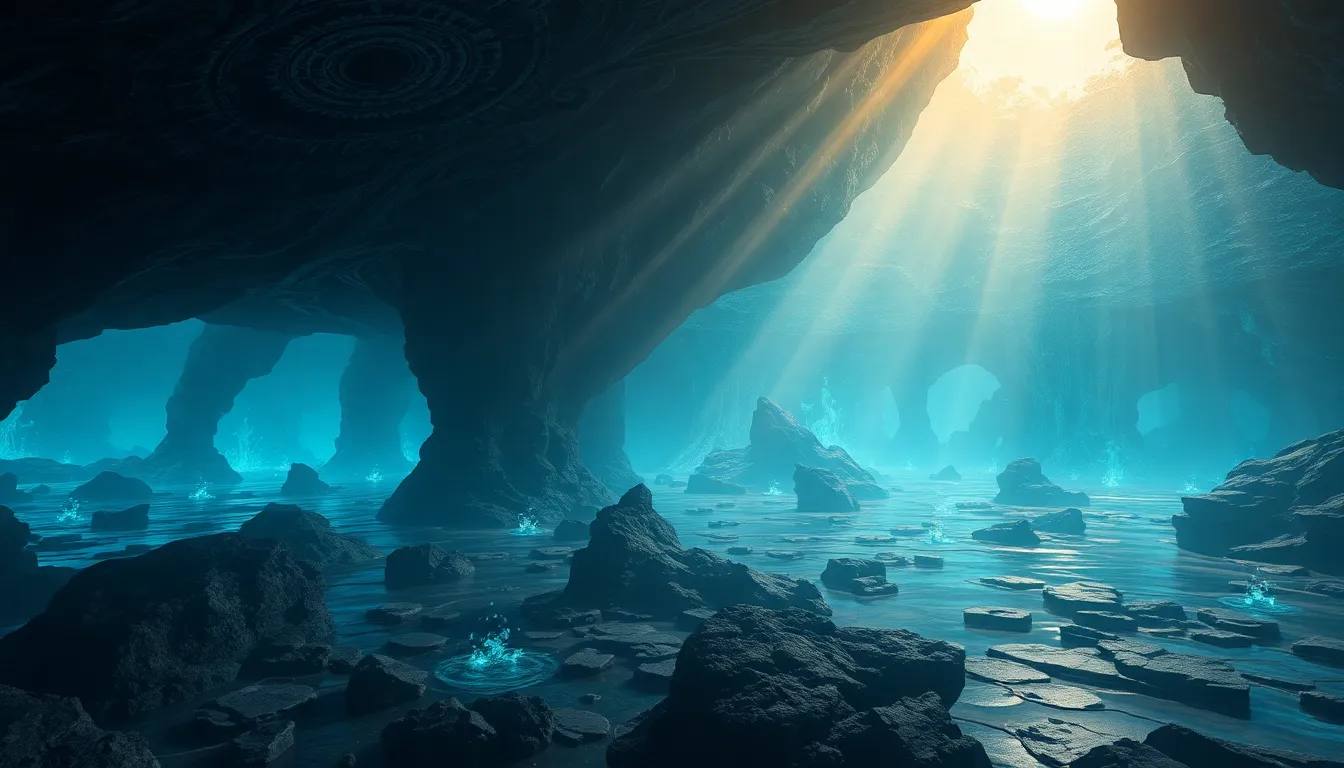I. Introduction: The Allure of the Northern Lights
The Northern Lights, a celestial spectacle of vibrant colors dancing across the night sky, have captivated human imagination for centuries. These ethereal lights have been woven into the fabric of countless myths and legends, embodying the awe and wonder they inspire. In Finnish mythology, the Northern Lights hold a particularly profound significance, where they are believed to possess magical powers and serve as a bridge between the mortal and supernatural worlds.
II. The Sámi People: Guardians of the Northern Lights
The Sámi people, indigenous to the Arctic regions of Finland, have a deep spiritual connection to the Northern Lights. They are regarded as the guardians of these celestial wonders, and their folklore and traditions are replete with tales of the aurora's origins and its influence on their lives. The Sámi believe that the Northern Lights are a manifestation of the spirits of their ancestors, illuminating the path to the afterlife.
III. The Creation Myth: Ukko and the Birth of the Aurora
According to Finnish mythology, the Northern Lights came into being through the actions of Ukko, the supreme god of the sky and thunder. In one tale, Ukko's daughter, the goddess of the moon, was pursued by a sorcerer who sought to steal her. Ukko intervened, striking the sorcerer with his lightning bolts and scattering his blood across the sky. This blood is said to have transformed into the shimmering lights of the aurora.
IV. Luonnotar: Mother Nature and Her Dance with the Lights
Another figure associated with the Northern Lights is Luonnotar, the personification of Mother Nature. She is depicted as a majestic woman whose dance with the wind creates the vibrant colors of the aurora. Finnish mythology holds that Luonnotar's dance is a symbol of the harmonious balance between the forces of nature and the cosmos.
V. Ahti: The God of Water and the Northern Lights
Ahti, the god of water in Finnish mythology, also plays a role in the creation of the Northern Lights. He is said to have struck his staff against a rock, causing sparks to fly up into the sky and ignite the aurora. The lights are believed to reflect the reflections of the fish that swim in Ahti's watery domain.
VI. The Spirit Animals: Totems of the Aurora
In Finnish mythology, certain animals are believed to be closely associated with the Northern Lights. The reindeer, with its graceful antlers, is seen as a guide to the spirit world and a protector against malevolent forces. The fox, known for its cunning and adaptability, is said to represent the playful and unpredictable nature of the aurora.
VII. Rituals and Folklore: Harnessing the Magic
The Sámi people have developed a rich tradition of rituals and folklore surrounding the Northern Lights. They believe that by performing certain ceremonies and offerings, they can influence the appearance and behavior of the aurora. For instance, they may sing songs to honor the spirits or offer gifts of food to appease them.
VIII. Art and Inspiration: The Northern Lights as Muse
The beauty and grandeur of the Northern Lights have inspired countless artists and musicians throughout history. From the evocative paintings of Finnish artist Akseli Gallen-Kallela to the ethereal compositions of Norwegian composer Edvard Grieg, the aurora has served as a muse for works of art that capture its magical essence.
IX. Scientific Explanations: Unraveling the Mystery
While Finnish mythology offers enchanting narratives about the origins of the Northern Lights, science provides a more grounded explanation. According to scientists, the aurora is a natural phenomenon caused by the interaction of charged particles from the sun with the Earth's magnetic field. As these particles enter the Earth's atmosphere, they collide with atoms and molecules, releasing energy in the form of light.
X. Contemporary Perspectives: Embracing the Legacy
In contemporary Finnish culture, the Northern Lights continue to hold a special place. They are a source of national pride and inspiration, celebrated in festivals and events throughout the country. Moreover, the Sámi people's traditional beliefs and practices regarding the aurora are actively preserved and passed down through generations, ensuring that the magical legacy of the Northern Lights endures.
Frequently Asked Questions (FAQs):
Q: What is the scientific explanation for the Northern Lights?
A: The Northern Lights are caused by the interaction of charged particles from the sun with the Earth's magnetic field, resulting in the release of energy as light.
Q: Are the Northern Lights visible all year round?
A: The Northern Lights are best visible during the winter months, when the nights are longer and darker. However, they can be seen year-round in high-latitude regions.
Q: What is the best place to see the Northern Lights?
A: The best places to see the Northern Lights are in remote areas with minimal light pollution, such as Lapland in Finland or Northern Norway.
Q: Are the Northern Lights dangerous?
A: The Northern Lights are not dangerous, as they are a natural phenomenon caused by the interaction of particles in the Earth's atmosphere.
Q: What is the significance of the Northern Lights to the Sámi people?
A: The Northern Lights are of great cultural and spiritual significance to the Sámi people, who regard them as a manifestation of the spirits of their ancestors and a bridge between the mortal and supernatural worlds.



